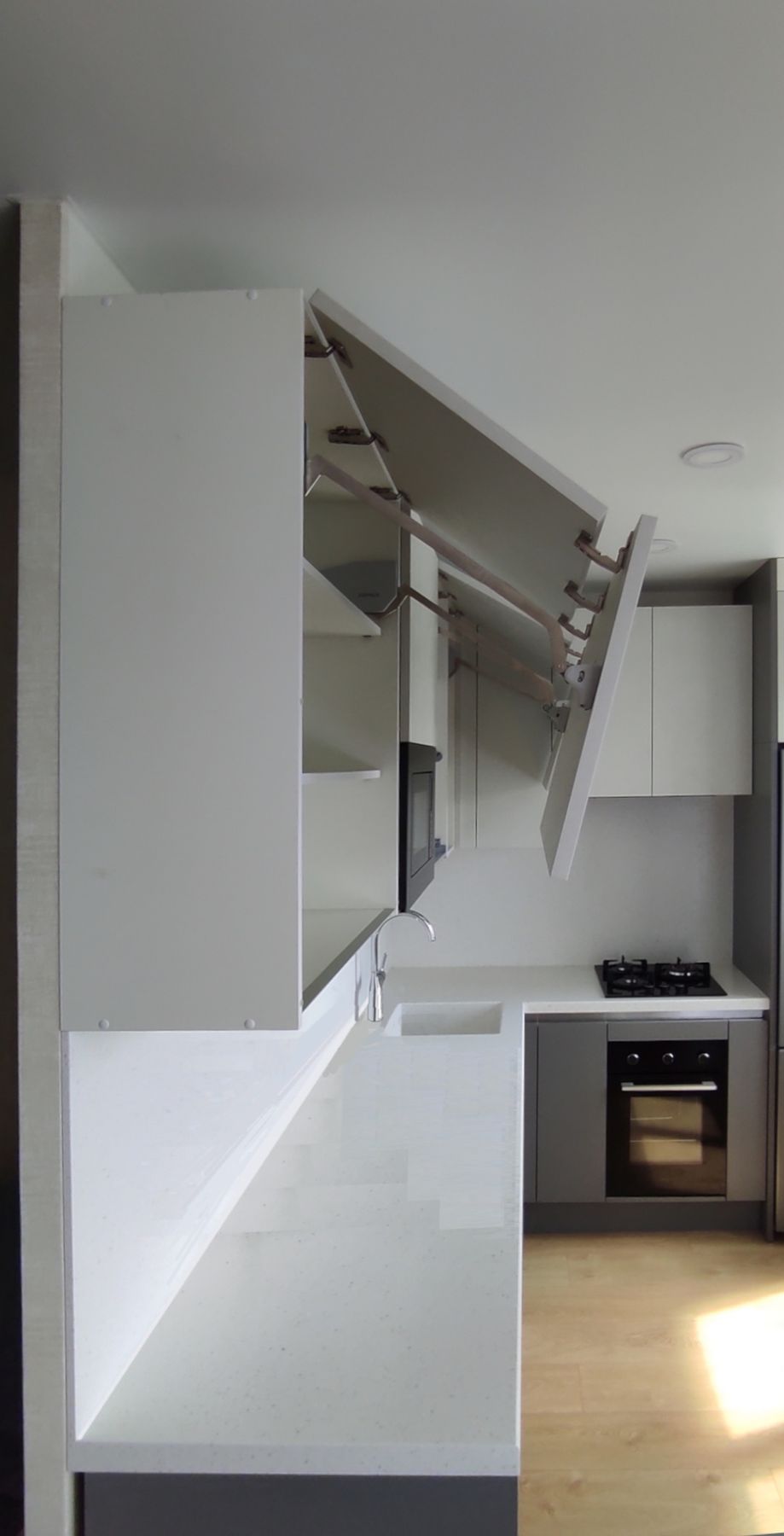
Culinary Spaces Reimagined
Introduction to the Evolution of Culinary Spaces
As the world evolves, so do the trends and designs within the culinary industry. Kitchens and dining areas are no longer just places to cook and eat; they have become central hubs of the home and public spaces ripe for reimagining. The modern culinary space blends functionality with creativity, giving rise to new possibilities in design, technology, and social interaction. This article explores how culinary spaces have been reimagined to meet the changing tastes and needs of society.
The Rise of Open Concept Kitchens
Gone are the days when the kitchen was hidden away from guests and dining companions. Open concept kitchens have become the norm in many homes and restaurants, transforming cooking from a solitary task to a communal and interactive experience. This design encourages a more connected and inclusive atmosphere, allowing the aromas and activities of the kitchen to blend seamlessly with the laughter and conversation of the dining area.
Integrating Technology for Enhanced Culinary Experiences
In the age of smart homes, culinary spaces are no exception to the wave of digitization sweeping across living environments. High-tech appliances with Wi-Fi connectivity, touch screen interfaces, and advanced sensors are being integrated into kitchens, enabling home chefs to control temperatures and cooking times with precision, or to have recipes read aloud as they prepare meals. Restaurants also embrace technology, using it to provide diners with interactive menus or to streamline the ordering process.
Fusing Aesthetics with Function
As culinary spaces become more visible, there's an increasing focus on making them aesthetically pleasing. Design elements such as lighting, color schemes, and kitchen layouts are meticulously planned to reflect personal tastes while enhancing practicality. Materials like quartz and granite for countertops or hardwood and bamboo for floors are selected for their durability, sustainability, and visual appeal, enabling culinary spaces to become both functional and stylish.
Outdoor Kitchens: Bringing the Inside Out
The reimagining of culinary spaces extends beyond the confines of interiors. Outdoor kitchens are beginning to rival their indoor counterparts in terms of sophistication and equipment. These spaces offer a new venue for dining and entertainment, combining the pleasures of cooking with the joy of al fresco living. Whether it's a fully equipped kitchen in the backyard or a sleek barbecue setup on an urban balcony, outdoor culinary spaces provide a fresh context for food preparation and enjoyment.
Community and Social Connectivity
Culinary spaces are also being reimagined as areas of community building and social connectivity. Communal kitchens in co-living environments and cooking studios for culinary classes are fostering a sense of togetherness. These spaces encourage sharing not only meals but also skills and stories, redefining the kitchen as a place of collective heritage and learning.
Sustainable Solutions for Modern Culinary Spaces
Environmental concerns are also driving the transformation of culinary spaces. Sustainable designs that reduce waste, conserve energy, and utilize eco-friendly materials are increasingly in demand. From composting systems to energy-efficient appliances, reimagined culinary spaces are at the forefront of the eco-conscious movement, proving that delicious dining can go hand in hand with responsible living.
Conclusion
The reimagining of culinary spaces reflects a broader shift in society's values—from the individual to the collective, from the concealed to the open, from the functional to the harmonious. As we continue to reinvent the places where we cook and eat, we are also reshaping our relationships with food, technology, and each other. These spaces, rich with potential for innovation and connection, will undoubtedly continue to evolve, blending tradition with modernity in pursuit of the ultimate culinary experience.
``` This text following the structural guidelines requested will result in a formatted HTML article when placed within an overall HTML document.